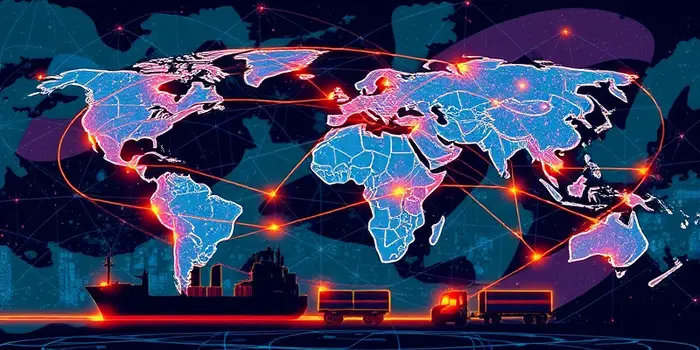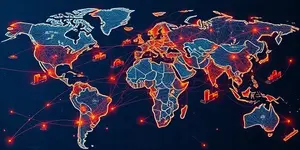
In 2025, supply chains have become battlegrounds of uncertainty and adaptation. Organizations worldwide must grasp how shocks ripple through their operations.
The supply chain landscape has shifted dramatically post-pandemic. Companies face pandemic-induced shocks that linger while adapting to fresh challenges. Disruptions no longer occur in isolation; they cascade across interconnected geographies and industries, amplifying impacts.
From retail to semiconductors, no sector remains untouched. Unpredictable demand, shifting trade routes, and regulatory upheavals define what many executives now view as a constant state of operational flux.
Multiple drivers converge to destabilize global supply chains. Understanding each is crucial to crafting effective responses.
Once a shock hits, its effects propagate rapidly. Key metrics highlight the severity of these ripples:
These figures translate into tangible hardships: unfulfilled orders, damage to brand reputation, and strained shareholder confidence. Inflationary pressures rise as producer costs pass downstream to consumers.
Leading companies have deployed innovative tactics to withstand shocks. Apple’s “China+1” model diversifies manufacturing across India and Vietnam, reducing dependence on a single region.
In automotive and semiconductor sectors, almost every executive reports negative effects—97% in industrial products and 100% in automotive. Production halts for microchips have delayed vehicle assembly lines worldwide, underscoring how single-point failures cripple outputs.
Retailers confront stockouts and pricing dilemmas. Limited inventory drives prices upward, forcing 20% of businesses to hike consumer costs. Customer satisfaction dips as lead times stretch from days to weeks.
Resilience hinges on proactive measures that balance cost and complexity. Top approaches include:
Implementing resilience measures is not without obstacles. High upfront investments and the high cost and complexity of diversification deter smaller players. Meanwhile, talent shortages in supply chain roles slow digital adoption.
Regulatory shifts across regions add another layer of difficulty. Companies must navigate trade policies that can change overnight, forcing rapid logistical reengineering.
Supply chain disruption is no longer a matter of if but when and how. Forward-thinking organizations shift focus from mere cost reduction toward agility and robust risk management.
Leadership must embed resilience into their corporate DNA, investing in technologies and partnerships that allow rapid response. Scenario-based budgeting, cross-functional task forces, and continuous monitoring become the new normal.
By anticipating shocks and rehearsing responses, businesses can transform vulnerabilities into competitive advantages. In doing so, they not only safeguard their operations but also reinforce trust with customers and stakeholders.
In 2025 and beyond, those who embrace adaptive strategies will navigate the ever-shifting tides of global commerce with confidence and resilience.
References













